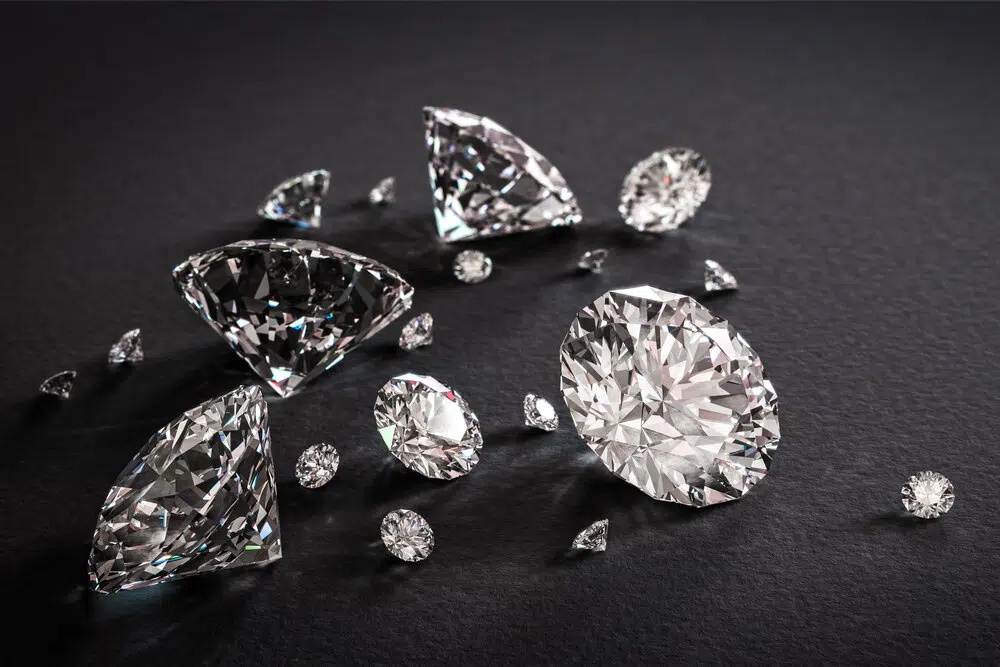The Intersection of Cultures and Lab Diamonds: Redefining Modern Jewelry
Lab-grown diamonds are transforming the jewelry landscape, presenting a sustainable, ethical alternative to mined diamonds. These gems, crafted in high-tech laboratories, are virtually indistinguishable from their mined counterparts and carry a narrative that reflects the values of modern cultures. Across the globe, the cultural perception of diamonds and their origins is evolving, and cultures and lab diamonds are at the forefront of this transformation.
Table of Contents
A Revolution in Jewelry: Lab Diamonds
The shift toward lab diamonds marks a significant cultural milestone. For centuries, natural diamonds symbolized luxury, wealth, and romantic commitments. However, the environmental and ethical issues associated with mining have sparked a demand for sustainable alternatives. Lab diamonds, created under controlled conditions, allow cultures to embrace gemstones that align with their values. This modern innovation retains the brilliance and durability of natural diamonds, making them a cultural and aesthetic phenomenon.
Bridging Traditions and Modernity
Different cultures place unique significance on diamonds, whether as symbols of love, status, or tradition. Lab diamonds respect these cultural values while addressing the challenges posed by traditional diamond mining. For instance, in Western cultures, diamonds are essential in engagements, symbolizing eternal love. By choosing lab diamonds, couples can honor this tradition while supporting environmental sustainability.
In contrast, cultures with a history of gemstone appreciation, such as India, see diamonds as a reflection of prosperity and spiritual energy. Lab diamonds, with their ethical appeal, are now gaining acceptance in these cultures as they bridge the gap between tradition and innovation.
Environmental Awareness Across Cultures
As environmental consciousness grows, cultures worldwide are seeking ways to minimize their ecological footprint. Lab diamonds represent a critical step toward achieving this goal. Traditional diamond mining disrupts ecosystems and consumes vast amounts of water and energy. By contrast, lab diamonds require fewer resources and have a significantly lower environmental impact.
Cultures that prioritize sustainability, such as Scandinavian societies, are particularly receptive to lab diamonds. These communities value harmony with nature, and the adoption of lab-grown gemstones reflects their commitment to environmental preservation. Lab diamonds thus serve as a shared value between cultures striving for ecological balance.
Ethics and Social Justice in Jewelry
The diamond trade has long been criticized for issues such as child labor, unsafe working conditions, and funding conflicts. These concerns resonate deeply in cultures that prioritize social justice and ethical practices. lab made diamonds offer a solution, enabling people to own beautiful jewelry without supporting exploitative practices.
In African cultures, where diamond mining often takes place, the rise of lab diamonds is a significant development. While traditional mining contributes to local economies, it has also led to exploitation. Lab diamonds provide an ethical alternative that respects these cultures while encouraging global consumers to make more conscientious choices.
Redefining Luxury in Modern Cultures
Luxury is no longer defined solely by rarity and expense. Modern cultures value transparency, sustainability, and innovation. Lab diamonds epitomize this new definition of luxury. They are just as beautiful and durable as natural diamonds but come with the added benefit of ethical sourcing.
This shift is particularly evident in younger generations, such as Millennials and Gen Z, who prioritize values over materialism. These cultures of youth see lab diamonds as a reflection of their ideals. The rise of lab-grown gems signifies a broader cultural movement toward redefining luxury to include social and environmental responsibility.
Global Acceptance and Celebration
The universality of lab diamonds lies in their ability to resonate with diverse cultures. From Asia to Europe to the Americas, these gems are celebrated for their innovative production and alignment with modern values. The jewelry industry, once reliant on traditional diamonds, is evolving to meet the needs of these cultures.
Lab diamonds have also become symbols of unity in multicultural societies. For instance, in cosmopolitan cities, where individuals from various backgrounds coexist, lab diamonds represent shared values of sustainability and ethics. These gems allow people from different cultures to connect through a common appreciation for responsible luxury.
The Future of Lab Diamonds in Culture
As technology advances, the future of lab diamonds looks even brighter. With improved techniques and growing awareness, these gems are becoming more accessible to cultures worldwide. This inclusivity reflects a shift in societal values, where innovation and ethics play a central role in defining cultural norms.
Lab diamonds are poised to become the standard for gemstone jewelry, appealing to cultures that prioritize progress and responsibility. Their growing popularity signals a cultural evolution, where beauty is not just skin deep but is also rooted in integrity and sustainability.
Conclusion
The rise of lab diamonds is reshaping how cultures perceive and engage with jewelry. These gems combine tradition with innovation, ethics with aesthetics, and luxury with sustainability. As cultures around the world embrace these values, lab diamonds are set to play an increasingly significant role in the jewelry industry and beyond.
By bridging cultural divides and addressing global concerns, lab diamonds symbolize a new era of conscientious luxury. They are more than just gemstones; they are a reflection of modern cultural ideals, resonating across the globe. Whether rooted in tradition or driven by progress, cultures are finding new ways to express their identity through the brilliance of lab diamonds.








